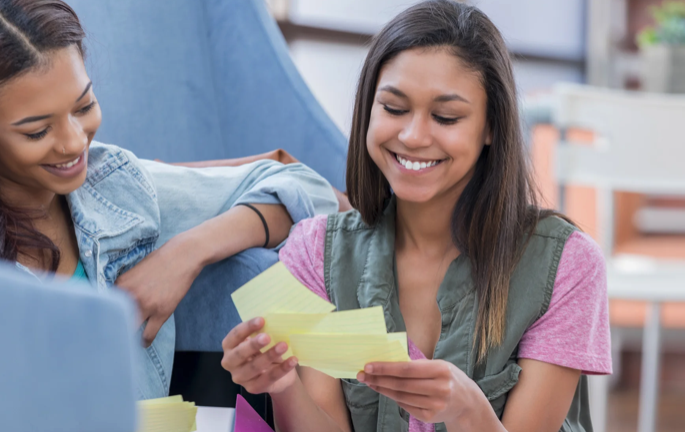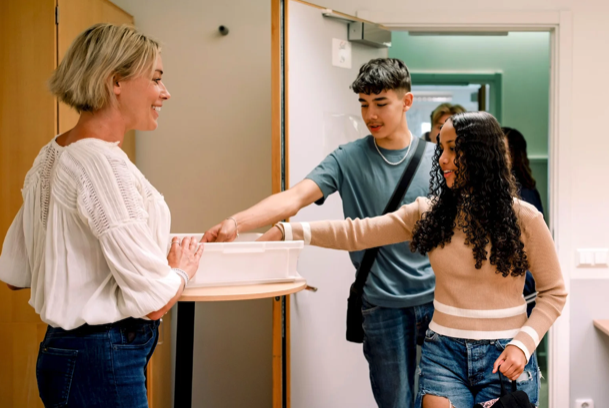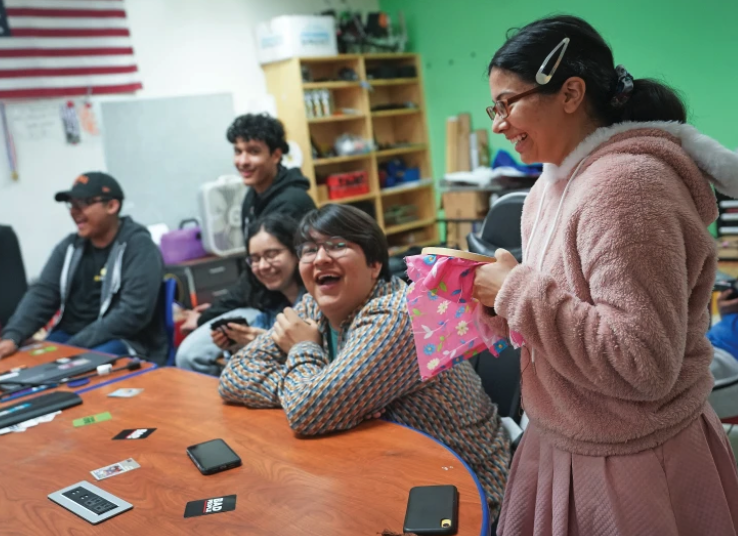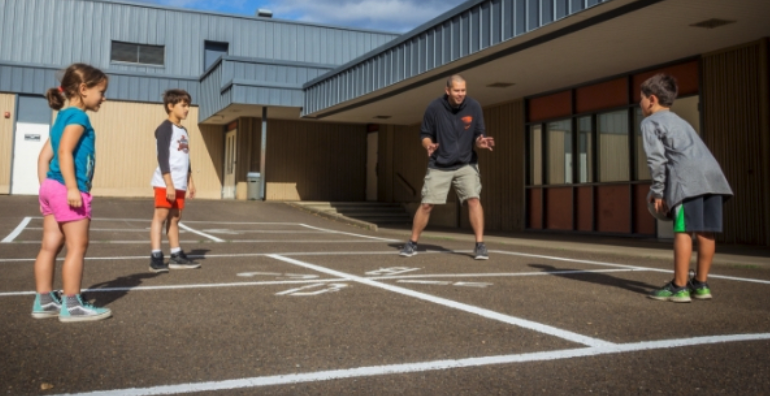Resource Library
Welcome to the Changing Perspectives Resource Library. This resource library is designed to provide educators with summaries and links to other publications and organizations for further reading about a range of topics related to social-emotional learning, differences, diversity, and education. Our hope is to curate resources that you can use for your own learning, share with colleagues and/or parents to support greater awareness, education and practical tools for improving student well-being.
Use the menu on the left to search resources by topic or audience (you may select more than one menu item at a time; search results will include resources that meet all your selected menu items). When selected, a menu item will be highlighted in blue. Click on a blue menu item to de-select it and remove it from your search criteria.
Resources on this page are updated monthly. If you know of a resource we should include, send it to us!

From National Educators Association: “We must be able to identify bullying in order to intervene. Once bullying is identified, we can take the necessary actions to stop bullying and prevent it from occurring in the future.”

From Greater Good Magazine: “In a recent paper that reviewed dozens of studies of real-world bullying prevention efforts, we found two research-tested approaches that show the most promise for reducing bullying (along with other forms of aggression and conflict). They are a positive school climate, and social and emotional learning.”

From Mindful Schools: “As early as preschool, we’re taught to be nice to others–but we are rarely taught how to be kind to ourselves. Build a ‘Compassion Board’ or try this ‘Love Letter’ exercise to empower your students with self-compassion.”

From Bored Teachers: “The kids in your classroom can lose their minds for any number of reasons and you’re left wondering how you’re going to get them back on task without going crazy yourself. Two and a Crayon is a super simple brain break that’s fun and teaches your students problem-solving skills.”

From Edutopia: “Teachers can use clips from the movie Turning Red to explore with students the ways adolescence changes the brain. We must address the feelings and sensations our students are carrying into our classrooms and schools because these impact academic and cognitive well-being.”

From National Association of Elementary School Principals: “A curriculum that fails to recognize the racial, ethnic, and cultural backgrounds of students won’t build social-emotional skills. Consider whether all of your students can access the curriculum equally, and make adjustments if needed.“

From Edutopia: “Subject-specific vocabulary goes hand-in-hand with a deep and meaningful knowledge of content. It allows us to engage with that subject, unlocks understanding, and promotes clear and precise communication.”

From Edutopia: “Making sure that your warm-up activity is both substantive and highly engaging, or even downright fun—drawing students into the classroom and the lesson—takes practice and some trial and error, but veteran teachers say it’s worth the effort to get it right.”

From Education Week: “What, exactly, social-emotional learning is can be hard to pin down. To help clear some of this confusion, Education Week reached out to researchers and practitioners in the field to ask them to define social-emotional learning and compiled their answers here.”

From Synergies: “Researchers found that adult engagement and supervision during the recess period – adults actively participating in games and activities, making sure equipment is out and ready for use and ensuring conflicts are resolved quickly – is the strongest predictor of children’s engagement in recess activities.”

From The Washington Post: “At a time like this, it can seem to parents more urgent to promote empathy — but also more difficult. Learning empathy is like playing an instrument or learning a sport. It’s a lot about practice.”

From the TIES Center, “Research demonstrates that a learning community is better, richer, and more effective when students with disabilities are full participants. Educators, students, and families have found many compelling reasons to support inclusive education for students with and without disabilities. Here are 10 of them.”
